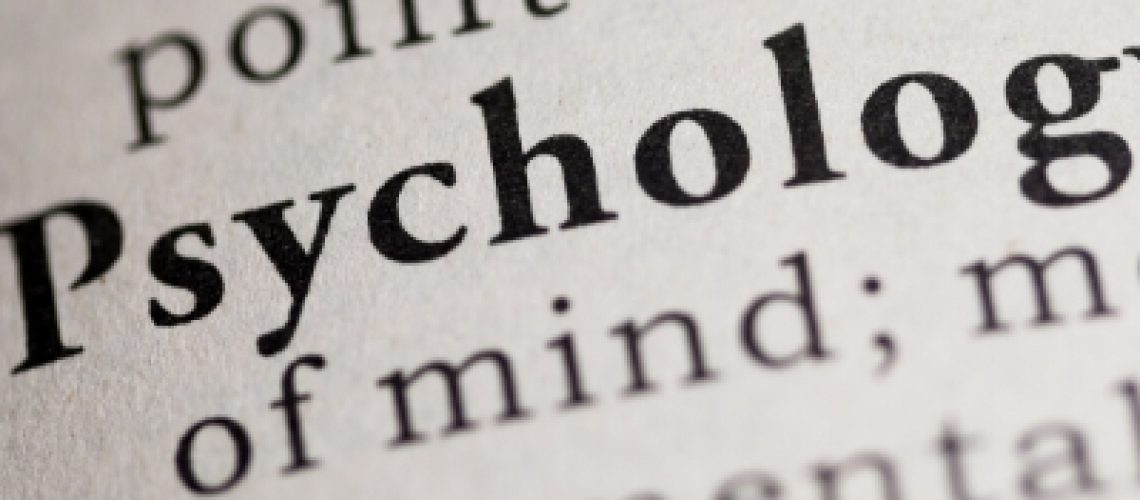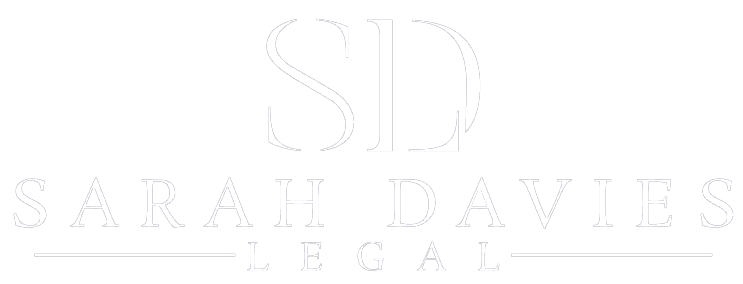Insights from psychology
There are a number of basic psychological concepts that are helpful to consider when you’re involved in litigation.
Heuristics are simple rules which people use to form judgments and make decisions. They’re mental shortcuts that usually involve focusing on one aspect of a complex problem and ignoring other aspects. Our brains act intuitively which allows our recent experience to guide us without undertaking complex rational analysis of a problem.
These rules work well in many circumstances, but they can lead to predictable errors, particularly when people are required to undertake complex decision-making in areas in which they have no experience. The resulting errors are called cognitive biases. Cognitive biases regularly occur in litigation decision-making. In general, smarter and more successful people tend to have stronger cognitive biases.
Common cognitive biases
There are many heuristics/cognitive biases, and some of the common ones that surface in litigation decision-making are as follows:
Confirmation bias – People often unconsciously reference only those information sources that confirm their pre-existing views, while at the same time ignoring or dismissing opinions—no matter how valid—that threaten the existing view. Litigants will often use close friends as a sounding board, but those friends are very likely to simply support the litigant’s view without understanding the complexity of the matter.
Anchoring bias – This involves an undue focus on initial information, such as an initial estimate of the legal fees involved or the potential amount of damages. For example, in forecasting the amount of damages that could be recovered in an action, even if that was just a guess and described as such, it can unconsciously distort the litigant’s view about any subsequent opinions about quantum or offers to settle.
Framing bias – This refers to the context in which decisions are presented. The way a question is ‘framed’ often has an influence on how people answer that question. This can have a significant impact on decision-making around risk, because of the issues discussed below under Risk perception.
Availability bias – The decision-maker thinks the likelihood of an event occurring, or its importance in the decision-making process, is proportional to the ease with which they can recall an example of it happening. This is why people will generally overestimate their likelihood of dying in a dramatic event (such as terrorism), but underestimate their likelihood of dying from a more mundane event (such as heart attack or stroke). People buy lottery tickets because they can bring to mind the well-publicised lottery winners, rather than the millions of people who bought tickets but won nothing.
Overconfidence – People tend to be overconfident about future outcomes and their own abilities. In the case of litigation, this bias leads to overestimation of the chances of success. This bias can be made much worse if the lawyer doesn’t provide the person with a realistic view of the potential outcomes.
Sunk-cost bias – This refers to increasing commitment because of past expenditure of time, money, or effort in pursuing that option. This is related to escalating commitment, which is where people justify increased investment in a decision, based on the cumulative prior investment, despite new evidence suggesting the decision was probably wrong. Sunk-cost bias can be difficult to deal with when litigants have spent significant amounts on legal costs. However, the cost involved in concluding the litigation and the prospects of success in the litigation are not necessarily affected by the costs already spent.
Perceptual bias – Perception is the process by which a person mentally organises sensory information from their environment to give it meaning. We’re not as objective in our perception of situations as we would like to think we are. A number of biases interact with the way we perceive events. Lawyers are familiar with the distortions that occur in eyewitness accounts of the same event. What people see and remember can be very different. A common perception bias is referred to as the ‘fundamental attribution error’, where people attribute the extrinsic circumstances for their own failure, but attribute intrinsic personality flaws for someone else’s failure. Conversely, they see their own success as resulting from intrinsic qualities, and other people’s success as a result of circumstances.
Probability bias – People tend to put great weight on previous events, believing they’ll somehow influence future outcomes, even when the happening of an event is random. The oft-quoted example is the roulette wheel; after spinning red for five consecutive turns, people will often predict that there’s an increased likelihood the next spin will be black, when in fact there’s a 50/50 chance of it being red again.
Probability neglect – This is related to probability bias and refers to the tendency to overlook the probability of a risk occurring when assessing the risk or taking steps to avoid it. For example, if there are two situations in which there’s a potentially awful outcome, but one has a 20% chance of happening and the other has a 1% chance of happening, people will value risk elimination equally for both events. In other words, they ignore the probability part of the equation. It turns out that our brains are ill-equipped to deal with probability. We focus too much on the awful outcome, rather than the likelihood of it occurring. This has serious implications for decision-making in litigation.
Risk perception – Risk perception has profound consequences for the way in which litigation is conducted. It will vary from person to person, and is a very relevant consideration when considering dispute resolution strategies. Risk perception is highly dependent on intuition, experiential thinking and emotions, and people in general are not very accurate in their assessments of risk.
There’s an asymmetry between the way people assess potential gains and losses:
- People are risk averse with respect to gains, preferring a sure thing over a gamble, even if the gamble has a chance of a much better reward, if it presents the possibility of getting nothing. We place a high value on certainty. The consequence of this is that plaintiffs generally settle for less than the value of their claim, even in the face of advice from their legal team that they have good prospects. Most plaintiffs would prefer to take the certainty of a settlement and will discount their claim significantly to achieve this.
- On the other hand, people will be risk-seeking about losses, preferring to hope for the chance of losing nothing rather than taking a certain, but smaller, loss. If there’s any chance they can avoid a bad outcome, they will take it. In litigation, this explains why defendants are often willing to go to trial even when they have a weak defence. Even if their legal team advises them they’re likely to lose, they will cling to the hope that there’s some chance they will be successful.
Project management
The best defence against cognitive biases is always awareness and proper analysis of the case. If you’re aware of those decision-making problems, you will have a better chance of taking steps to eradicate them.
When you get involved in litigation, it can be very difficult to put aside the emotion involved in the matter so that you can make rational decisions about how best to conduct the case…and hopefully settle it. Generally, if you have more information, you’re able to undertake a more realistic examination of your options.
Litigation has so many unknown elements; what strategy will the other side employ, what will witnesses say, what documents will come to light, and what will a court ultimately make of the evidence and the applicable law?
However, there are some things you can, and should, be clear about:
- What does my lawyer say about my prospects of succeeding in the litigation?
- How long is it going to take?
- How much is it likely to cost?
- What resources will be needed from me or my business?
- Who is going to be on my legal team?
In my practice, I’ve found the best way to help my clients understand the litigation process and make informed decisions is by having a project management plan we can both work from. It’s the road map we’re following to our destination.
Sarah Davies
Director
Sarah Davies Legal
Accredited Specialist – Commercial Litigation
This article is produced as general information in summary for clients and should not be relied upon as a substitute for detailed legal advice or as a basis for formulating business or other decisions. Formal legal advice should be sought in relation to particular matters. Sarah Davies Legal Pty Ltd asserts copyright over the contents of this document.




